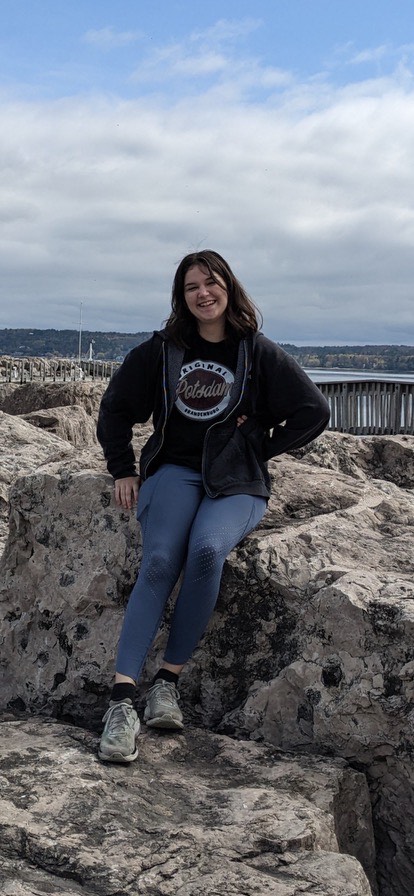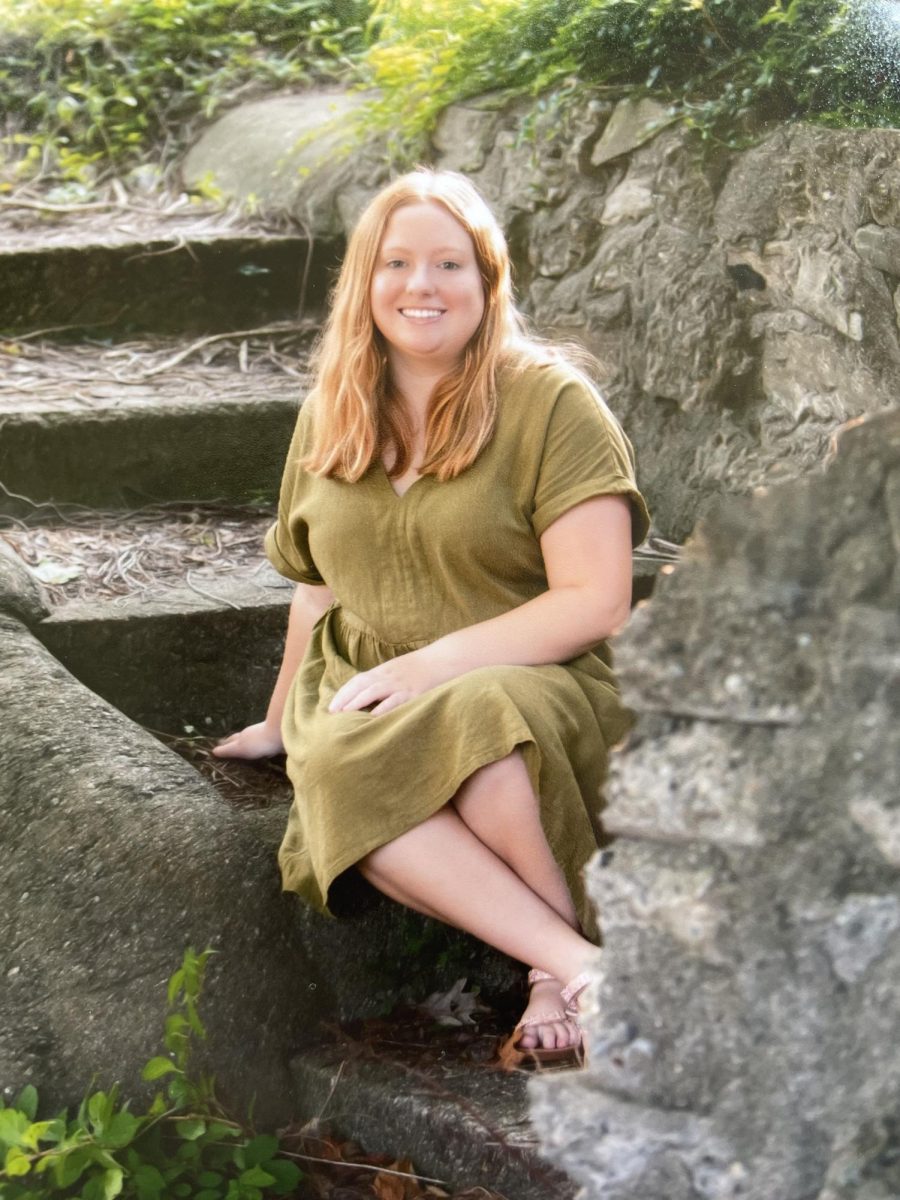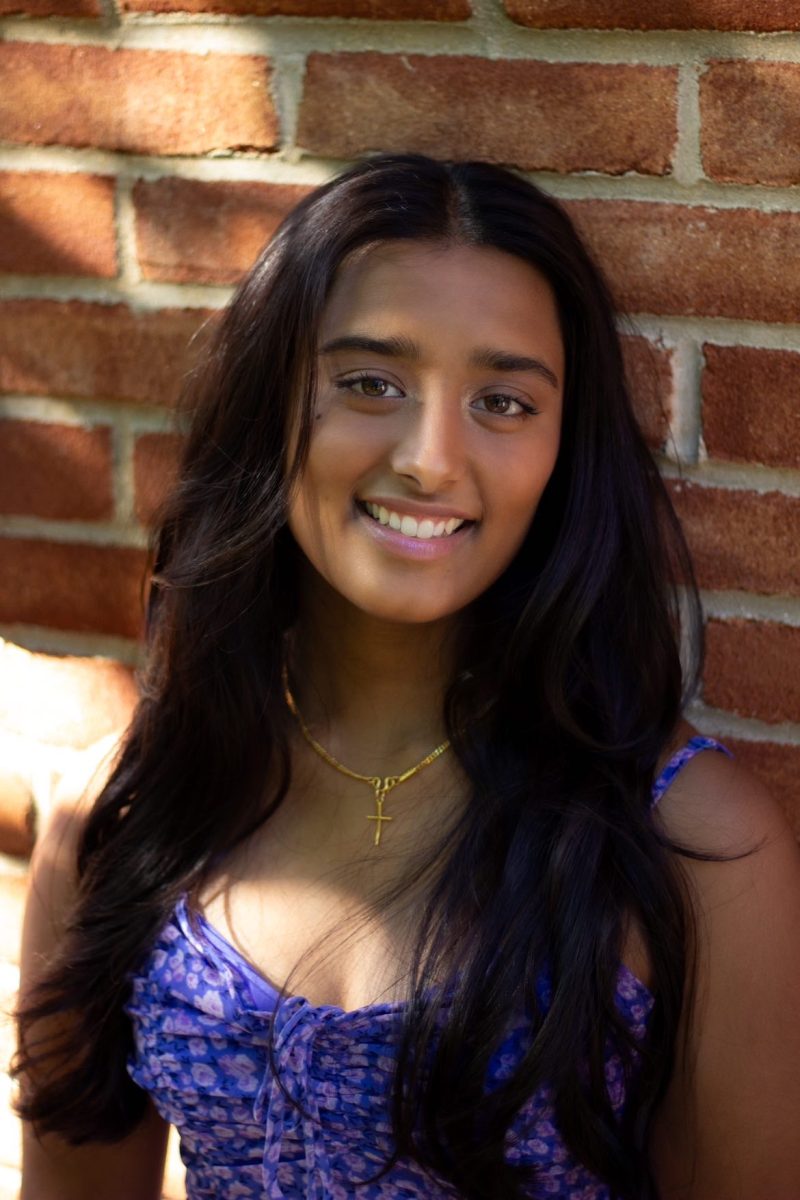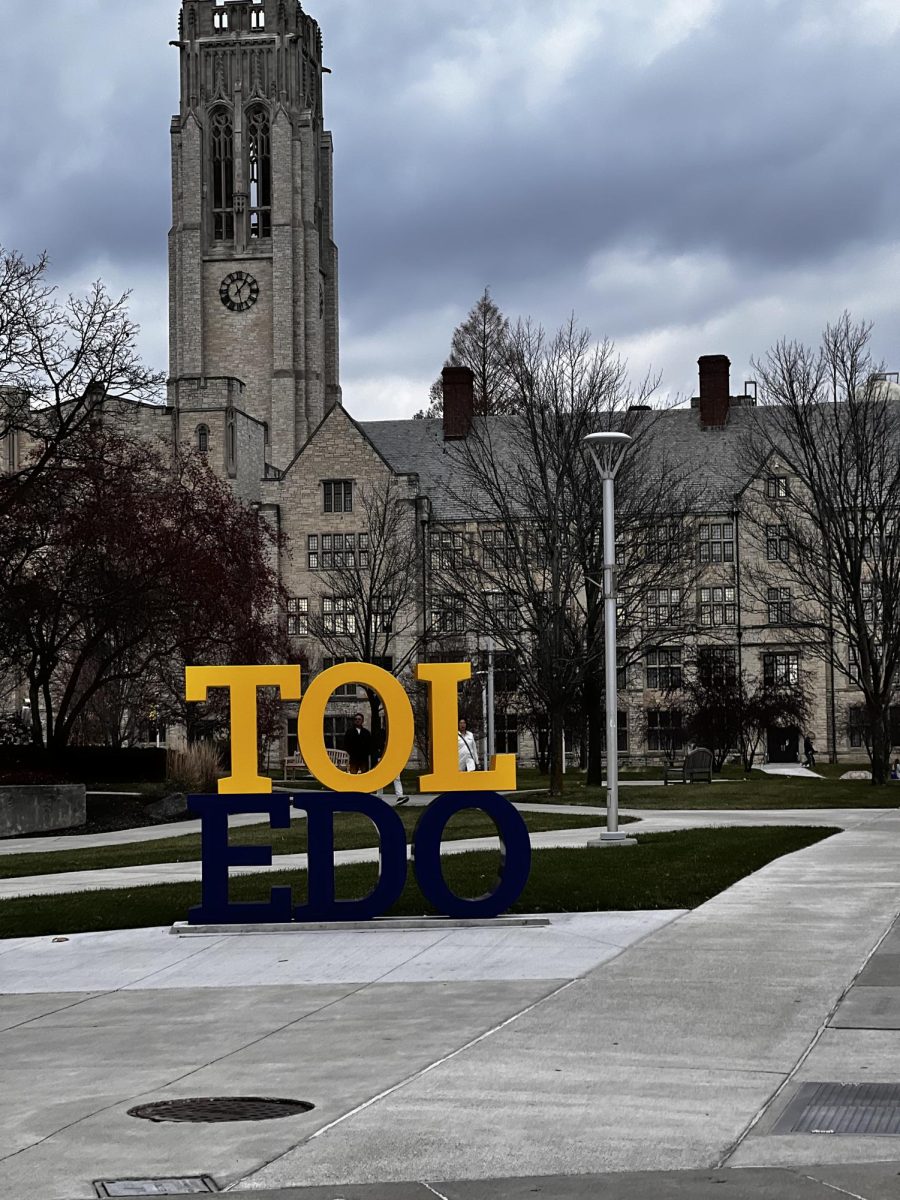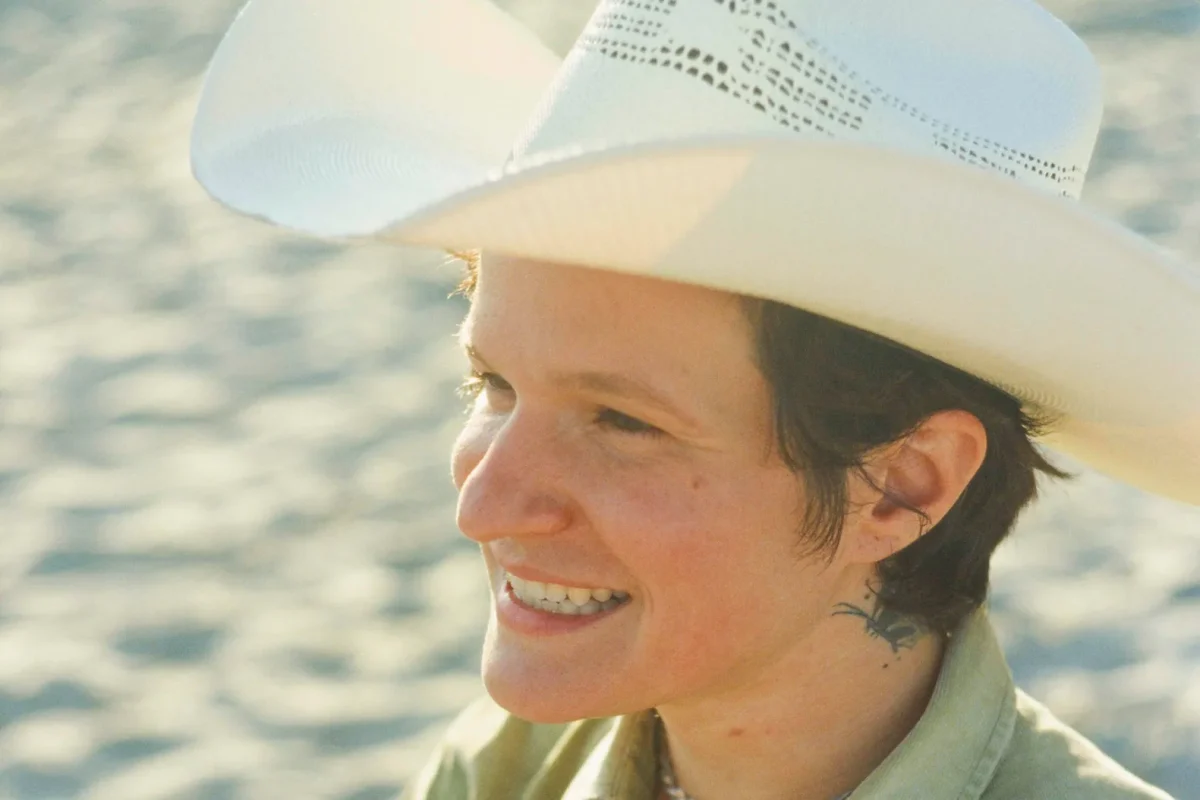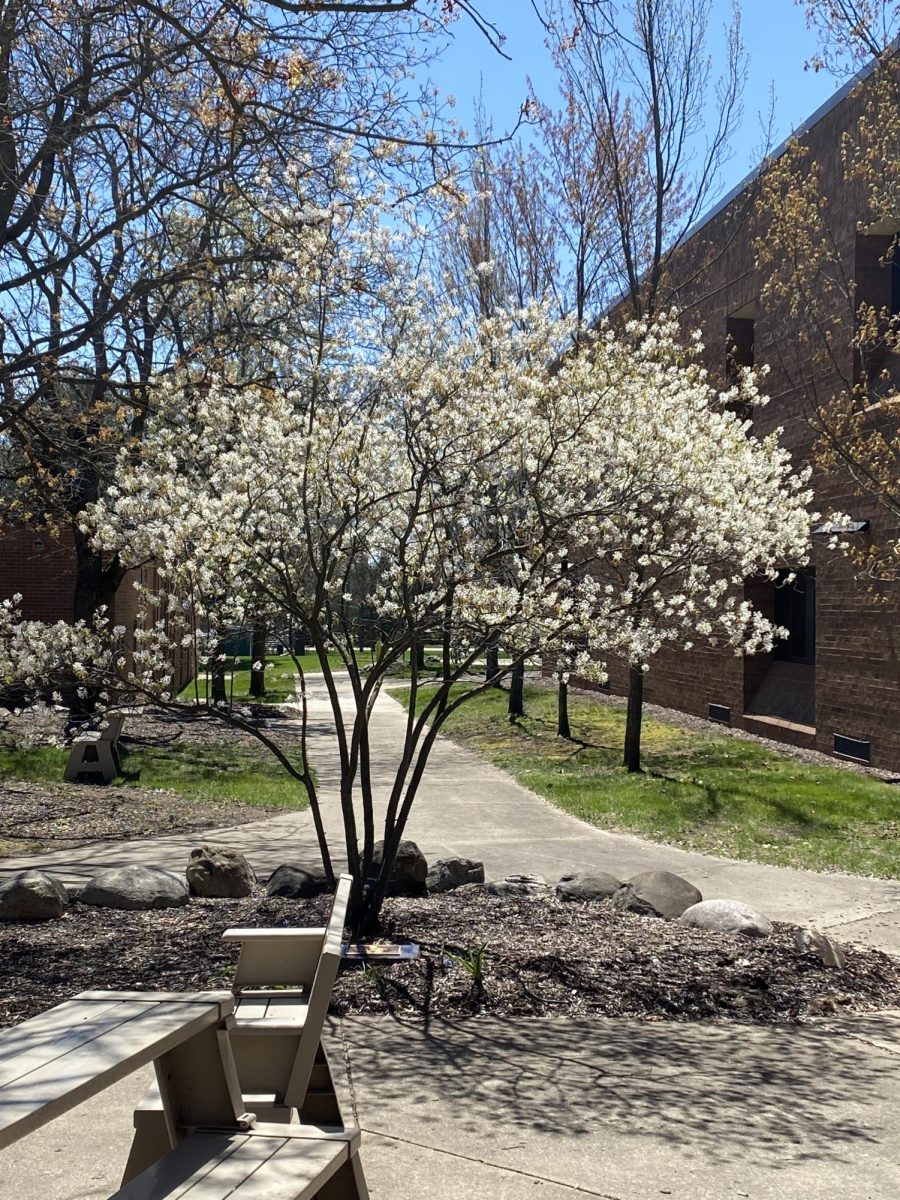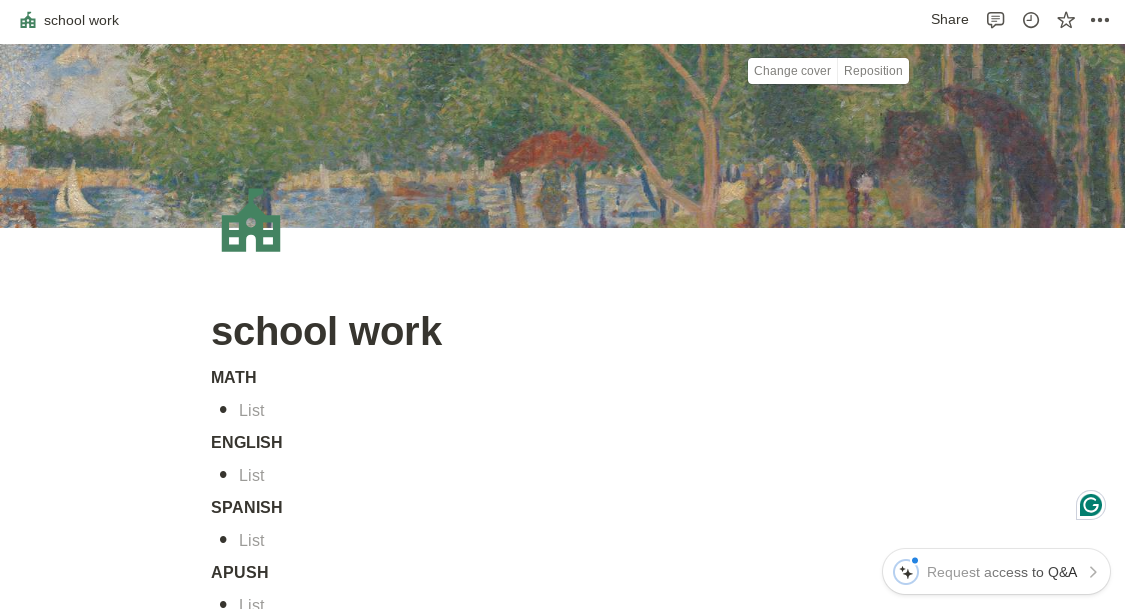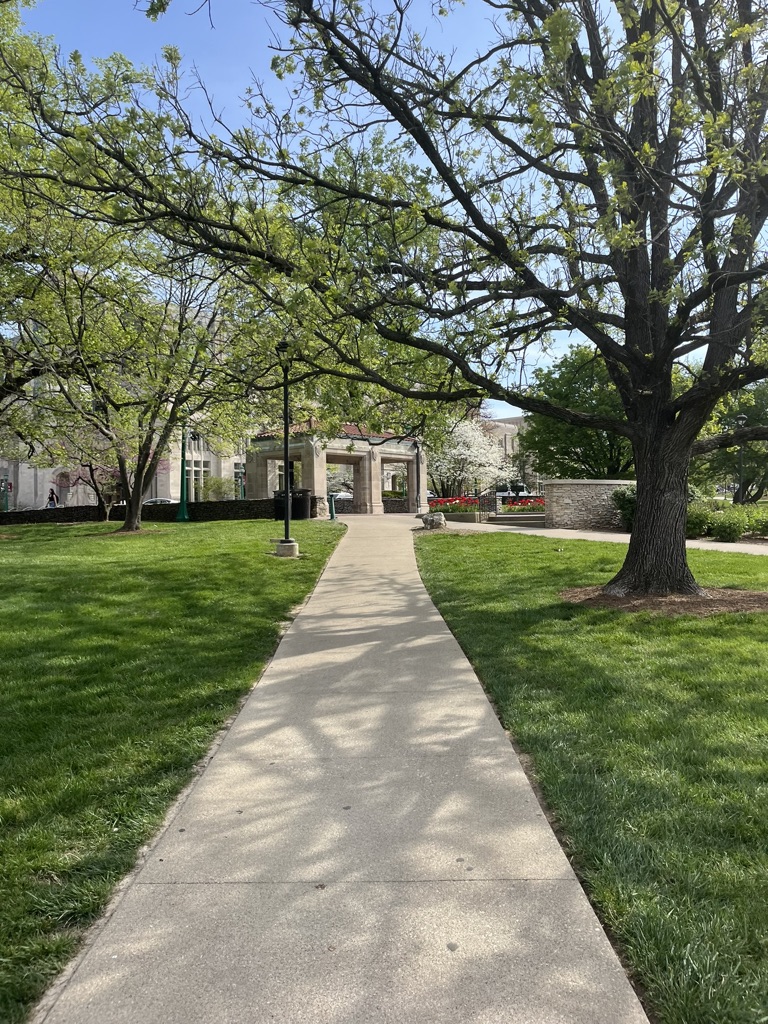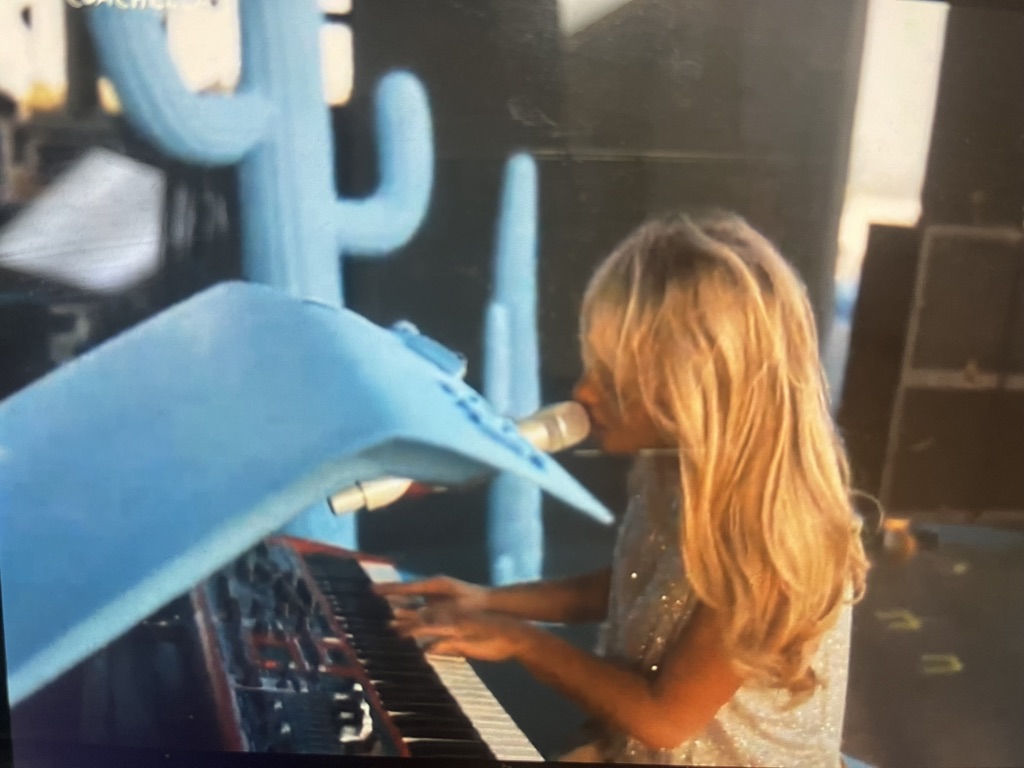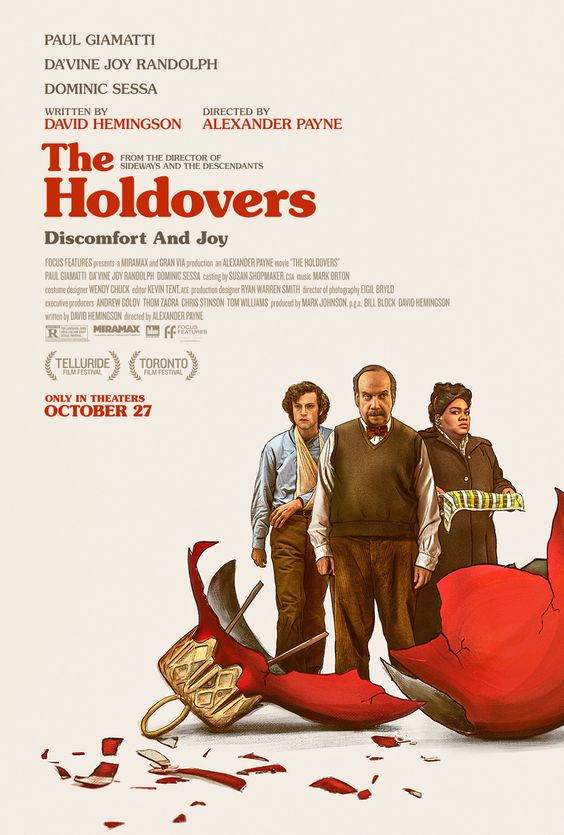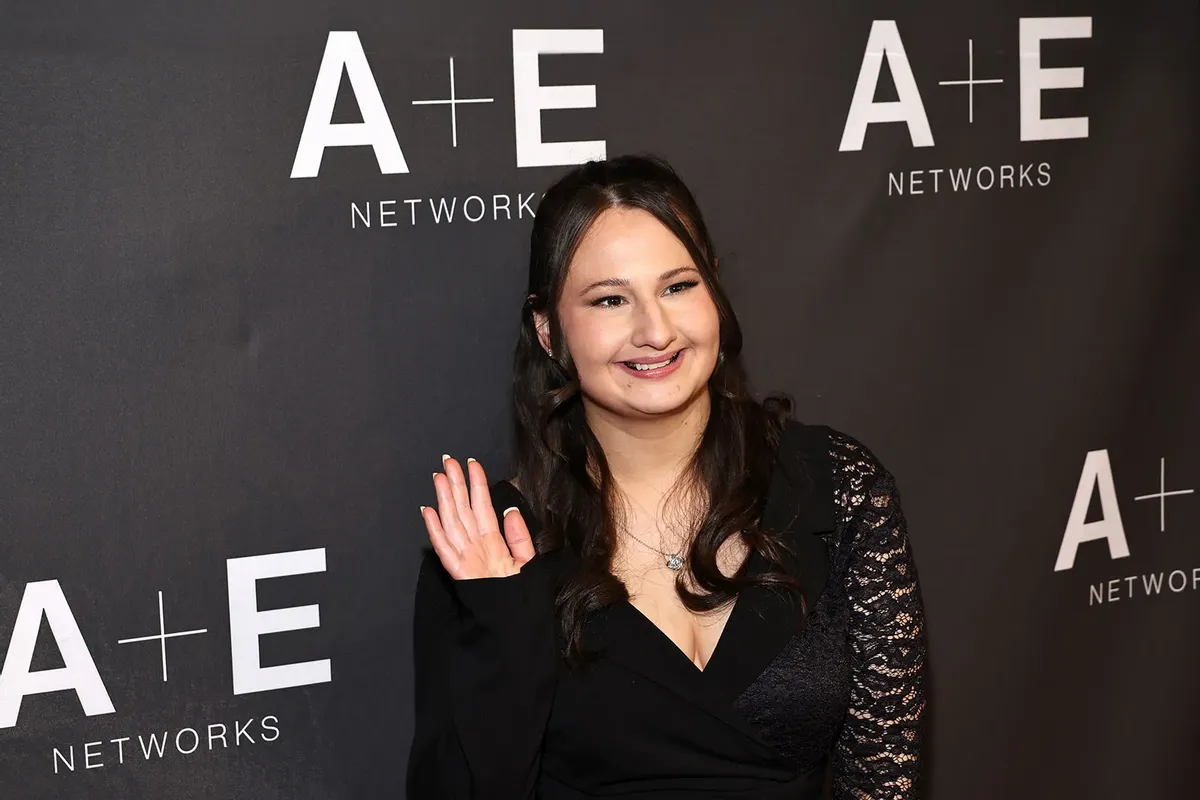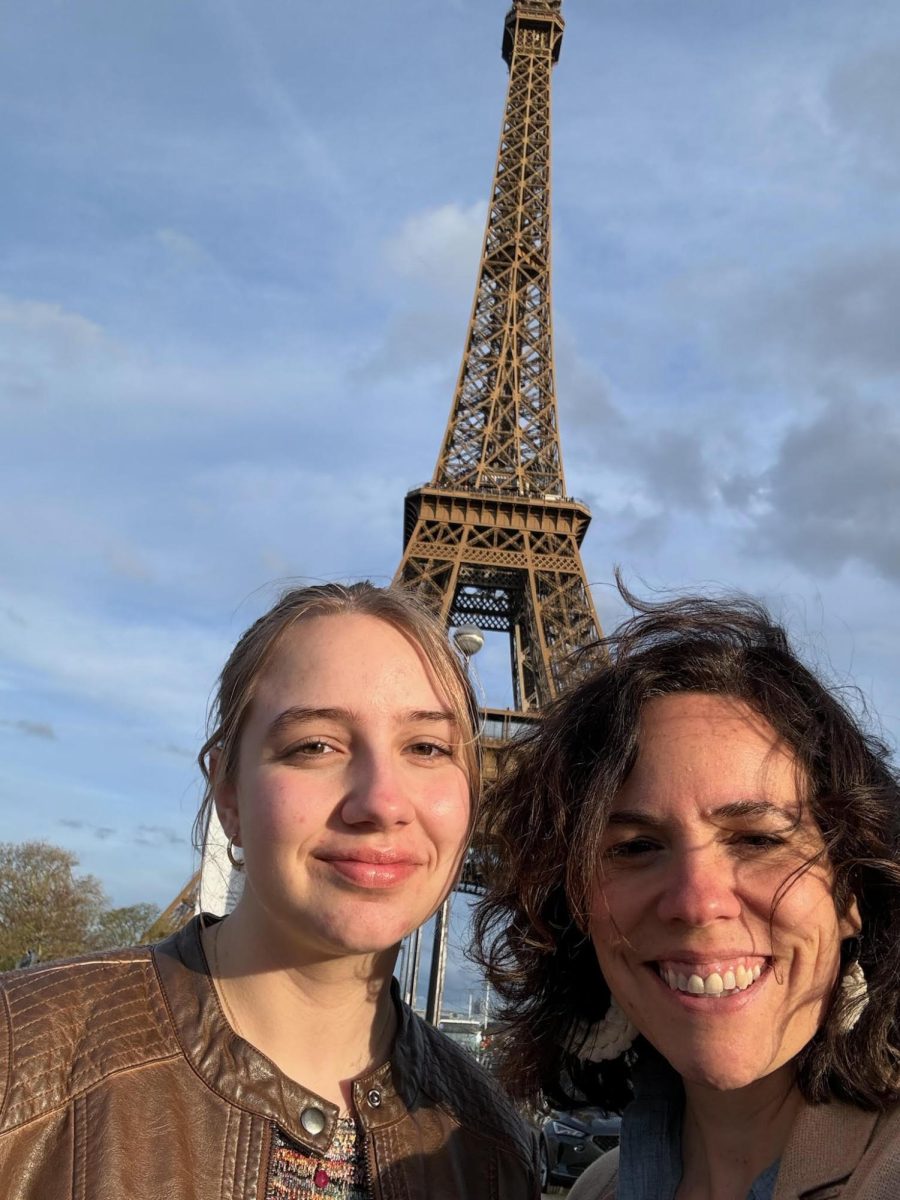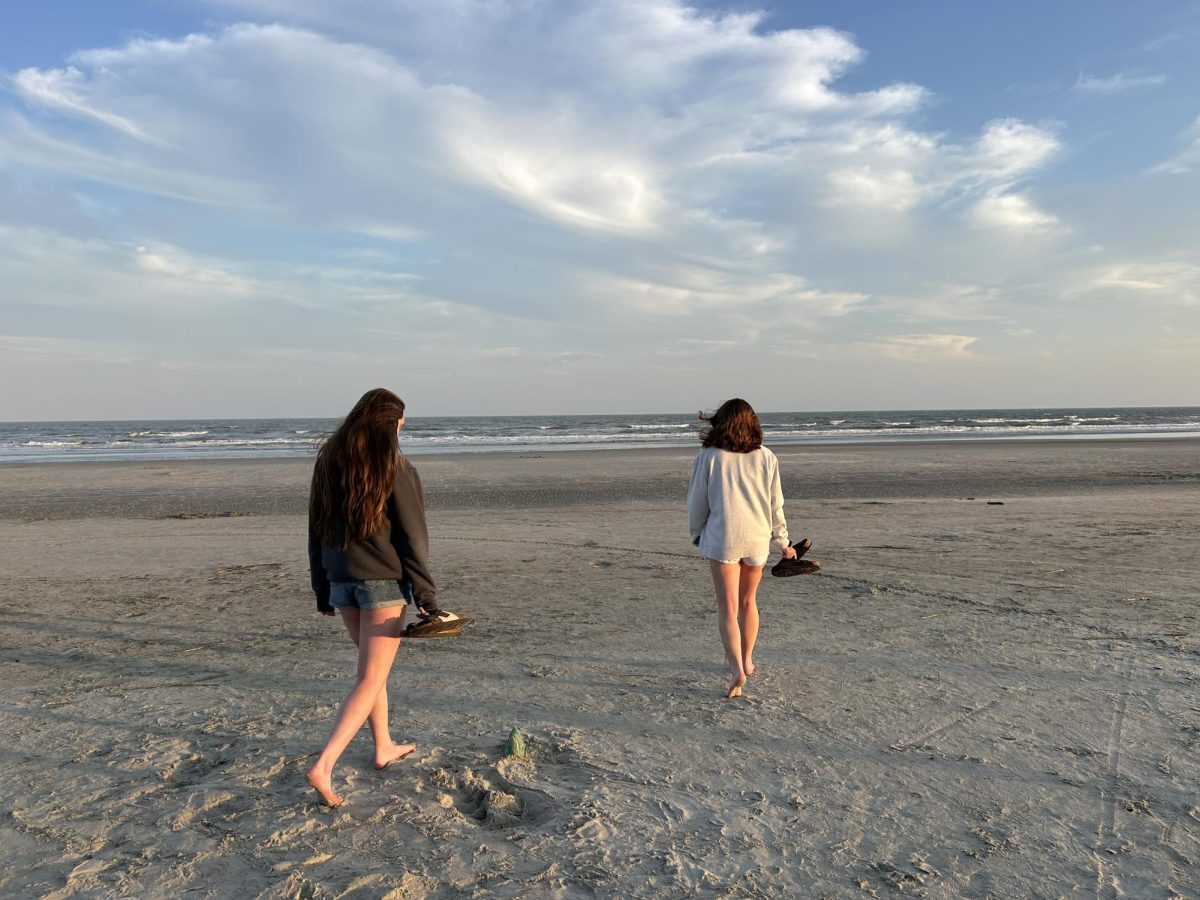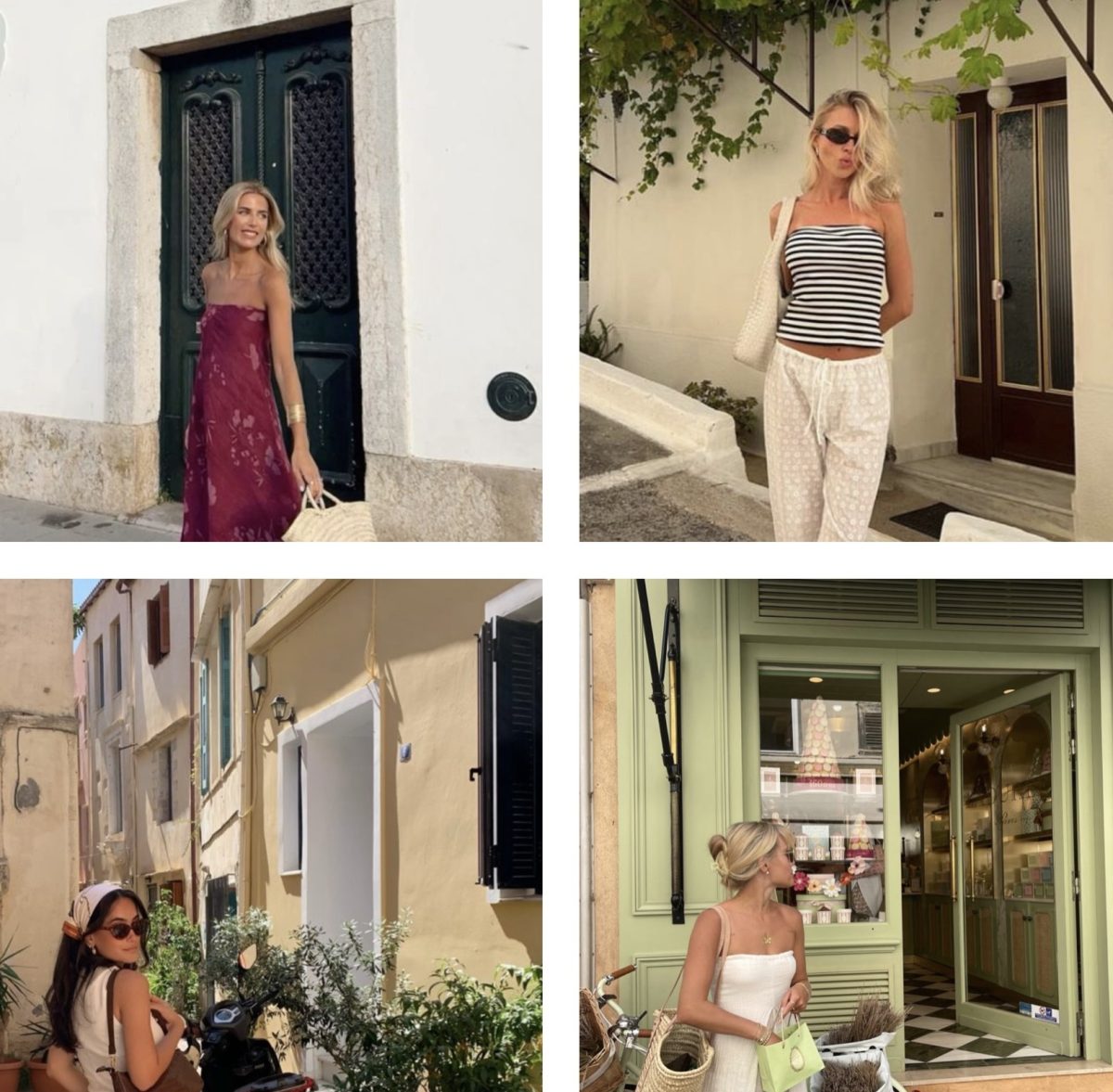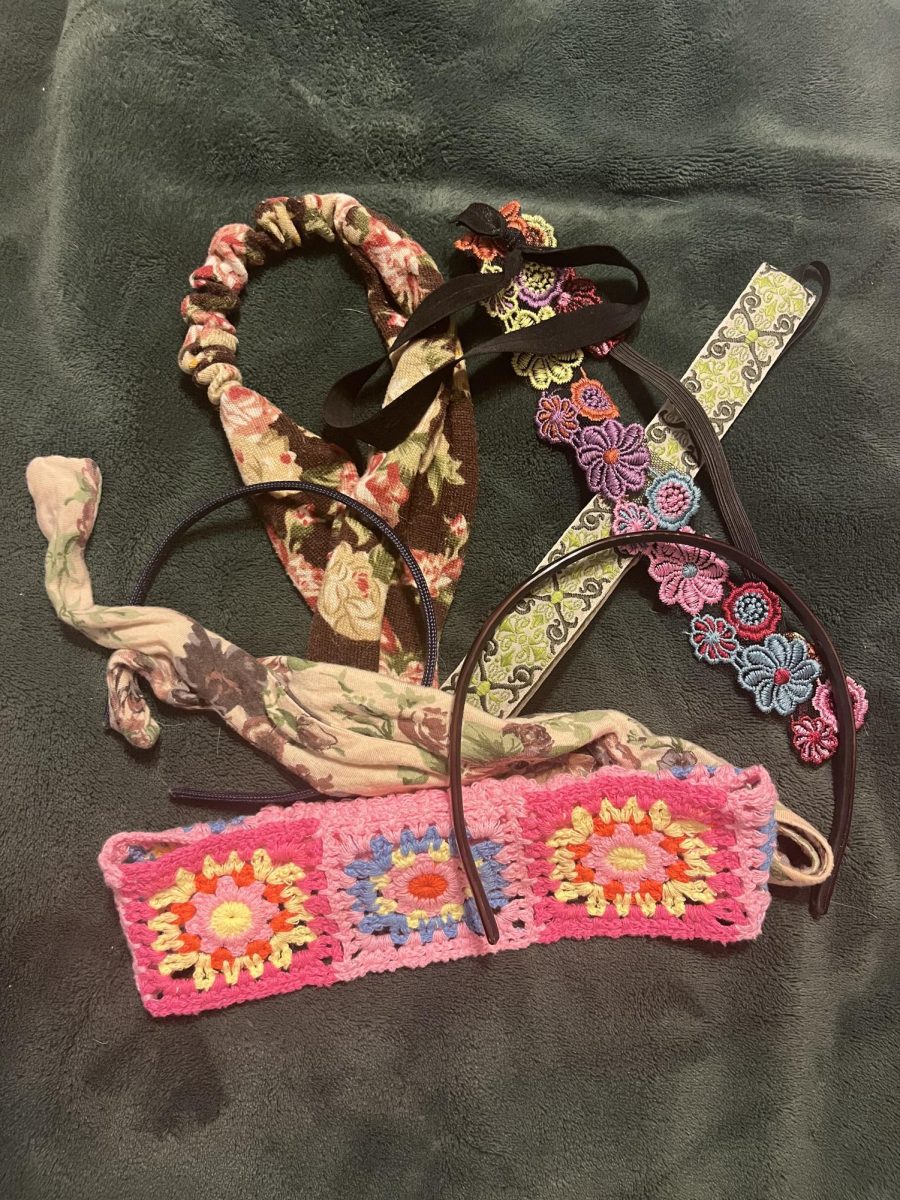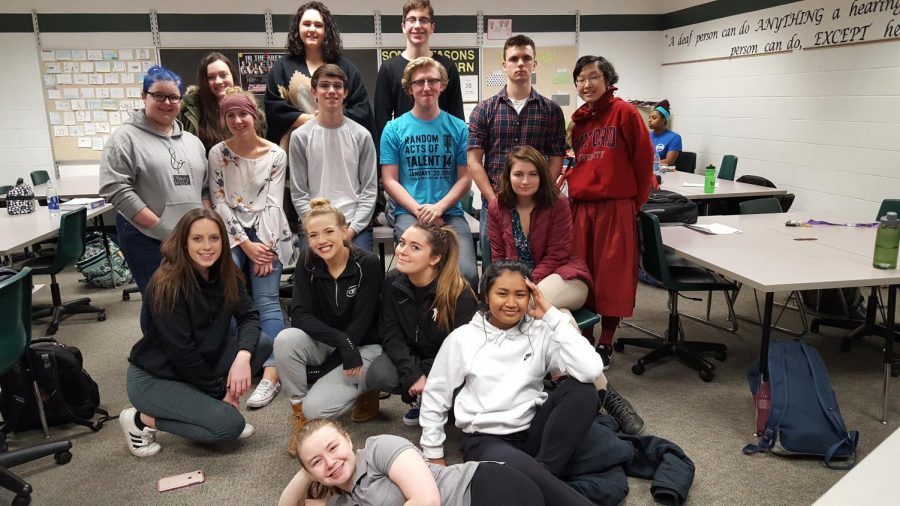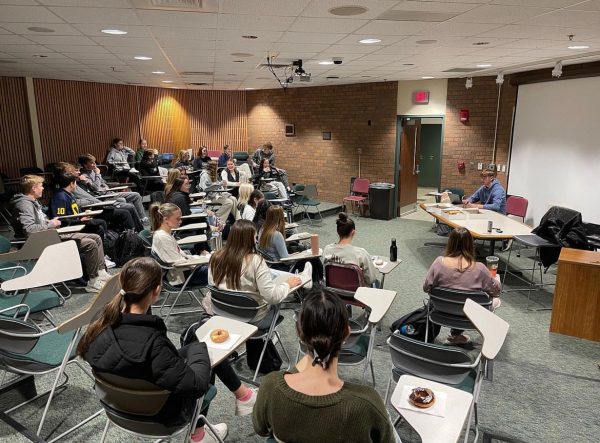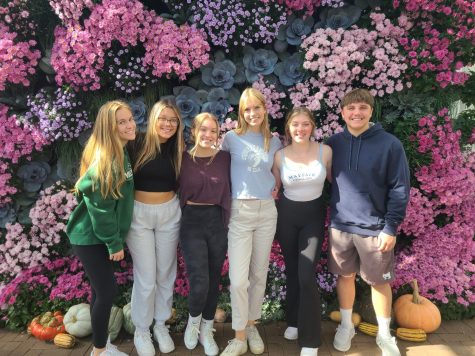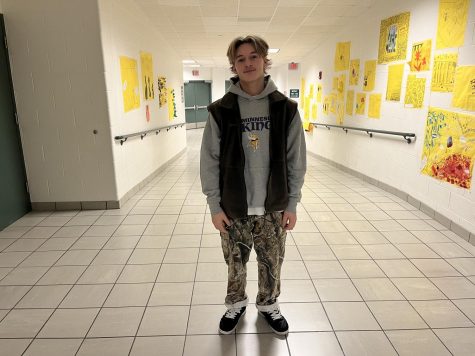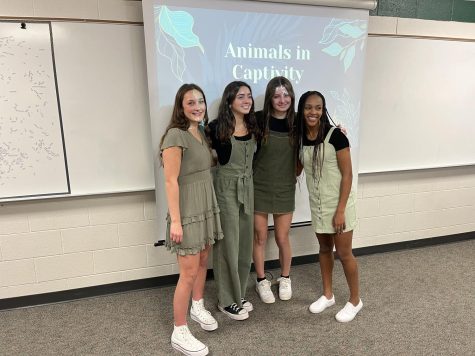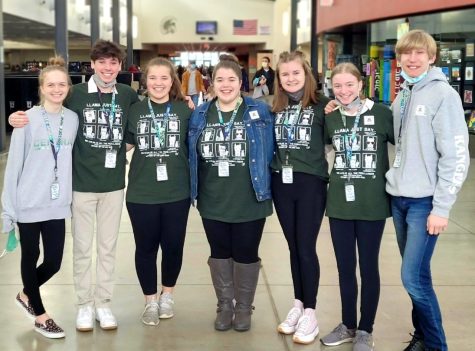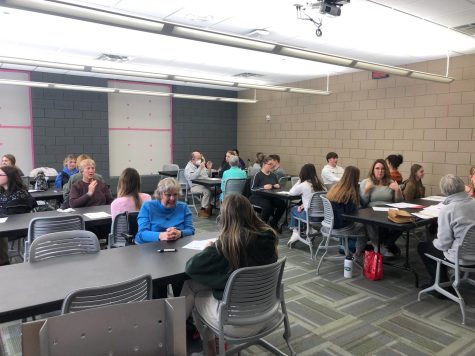ASL class reaches beyond school walls to the senior citizen community
Noon on a typical Tuesday usually involves the dim banter of student conversation bouncing from table to table in the lunchroom.
On this particular Tuesday, however, students in FHC’s American Sign Language (ASL) classes found themselves at the Aquatic Center, not using their voices at all. Instead, they were using their hands to teach ASL to the senior-citizen community.
“We got to work one-on-one with seniors who wanted to learn sign language,” senior Bri Arent said. “We were able to develop closer relationships with them and help raise awareness for deaf culture in the community.”
ASL teacher Kimberly Anderson added community outreach to the class curriculum as a way to show students the importance of the language.
Last school year, students in their fourth year of ASL had to reach out to businesses for their final project. They created presentations for these businesses and taught about ASL and the deaf community.
“I think community awareness is huge; the world does a lot to spread awareness of the diversity in our country, but I think the deaf community is overlooked,” Anderson said. “It’s because they’re an American community. They’re not necessarily coming from another country, and because of that, they tend to get overlooked as an entire community.”
Anderson’s ASL class has reached out to many aspects of the community. In the past, they’ve done presentations for Meijer, the Helen DeVos Children’s Hospital, and Dean Transportation.
This year, they’re partnering with the Kent District Library and the Grand Rapids Public Museum to create unique opportunities for visitors to experience sign language.
“I’ve been going to a lot of places with Mrs. Anderson to do stuff like this,” senior Payton Nall said. “We did some ASL teaching to patients and nurses at the hospital, and we taught little kids at elementary schools too. It’s really a cool experience for everyone involved.”
One presentation from last year attracted 70 senior citizens in the Grand Rapids area. Many came up to Anderson at the conclusion of the presentation and asked about ASL classes for people like themselves.
After much thought, Anderson put together a class for them. Her ASL 3 and 4 classes would make a trip down to the Aquatic Center every other Tuesday to teach sign language.
She had 16 senior citizens sign up; this number fit perfectly with the size of her ASL 3 class. Each student in ASL 3 was assigned a “senior partner” to spend time with, while the ASL 4 students got to quiz the senior citizens at the end of class to gauge how much they learned.
“Going into it, I was nervous because I didn’t know how they would do,” Bri said. “I didn’t know if they would struggle with it, or if they’d pick it up easily. In the end, I think they really enjoyed learning it. The senior community started signing with each other when we left, so I’m excited to go back and keep teaching.”
I think [the deaf community] thinks it’s cool that we learn sign language because we’re not deaf, but we choose to make their language our language. They love that we try, even if we mess up. They’re like, “Oh it’s okay, just try again!a�� They’re so accepting, and they just welcome us.
— Payton Nall
The ASL students came back from the first session with fond memories and fun experiences.
“They had an eagerness to learn that I’d never seen before,” junior Mark Kemp said. “That really helped the process. Some of them didn’t really understand what sign language was, and the simplest I could describe it to them was that it’s a visual language where you don’t need to use your voice.”
Each student was able to build a relationship with their assigned senior citizen. Many noticed that the senior citizens had arthritis, but they did not let it stop them from learning ASL.
“My [partner]’s name was Joan,” Payton said. “She was super cute and super happy; she just wanted to learn, and she practiced over and over again. She had arthritis in her hand, but she never gave up. She practiced until she could get the signs down, and that was really cool to see the willingness to learn.”
After talking to their partners, students saw the motivation behind learning ASL.
“Outreach to senior citizens is really important,” Mark said. “As they get older, many people lose their hearing abilities–maybe not completely deaf, but close to it–and having sign language makes things easier. They don’t have to worry about needing to hear someone to understand them.”
Other senior citizens had different reasons to learn. Many had loved ones who were deaf or hard of hearing, and they wanted to be able to communicate with more ease.
“My partner, Lois, has a daughter who is going deaf,” Bri said. “My goal for her is not necessarily to learn all of it right off the bat, but just to learn more about ASL and the community in general. I want her to enjoy it bc she’s going have to be doing it with her daughter soon. I want her to feel comfortable while doing it, rather than getting frustrated.”
Just like any foreign language, ASL is hard to practice without being completely immersed in such a community. Students of the ASL class often find themselves signing to other ASL speakers outside of school.
Payton found herself at a wedding where half the people were deaf. Someone who doesn’t know how to sign would probably be uncomfortable, but Payton enjoyed the experience a lot.
“I got to sign with them and introduce myself, which was really fun,” Payton said. “I think [the deaf community] thinks it’s cool that we learn sign language because we’re not deaf, but we choose to make their language our language. They love that we try, even if we mess up. They’re like, “Oh it’s okay, just try again!a�� They’re so accepting and they just welcome us.”
Payton’s not wrong: the deaf community responds extremely well to the outreach efforts made by FHC’s sign language class.
“I had a set of triplets who all worked at McDonald’s during my first year of teaching,” Anderson said. “A deaf group was going on a trip, and they happened to stop at this particular McDonald’s. When they found out that the cashiers knew sign language, they told me it felt so freeing for them; they didn’t have to sit there and worry about how they were going to communicate their order.”
When a class becomes this enriching, students are able to take what they learn beyond high school.
“I’ve always wanted to be a teacher, especially in the special education field,” Bri said. “I wanted to learn ASL because I used to work with a deaf kid at my old school, and I thought [taking ASL] would definitely help me in the future.”
Not only has this experience helped the students, it’s helped members of the senior community develop a sense of appreciation for learning new things.
“This is important, and we’re actually doing things that matter,” Payton said. “These are things that maybe some other classes aren’t able to do, I’m really proud of what we’ve done for the community.”
Anderson sees the potential good that each person can bring to the community, and she has spent her entire teaching career building upon this foundation of awareness and acceptance.
“Giving the community simple tools like ASL class is really amazing,” Anderson said. “I’m not just teaching sign language; my purpose as a teacher is to raise the awareness that your language can be used.”
FHC has been taking big strides in the direction of welcoming a diverse group of people, whether it’s in the community, or just at school. This positive energy has spread to members outside of FHC’s halls, and students are confident to see these efforts grow.
“There are still people out there, old or young, who want to learn about others,” Bri said. “They want to learn about the ASL community. That can be very scary at times–going to the other side and seeing what it’s like–but there are still people out there who are willing to take that extra step. That’s really amazing to see.”
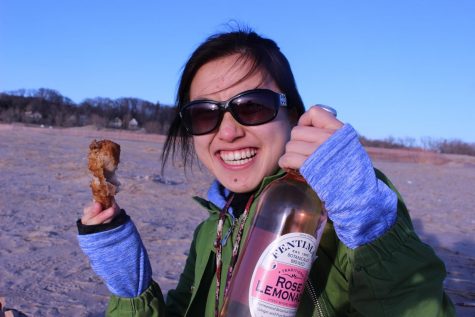
Irene is a senior who loves linguistics, long runs, and laughter. She also enjoys airports, thunderstorms, and long drives to the middle of nowhere.









